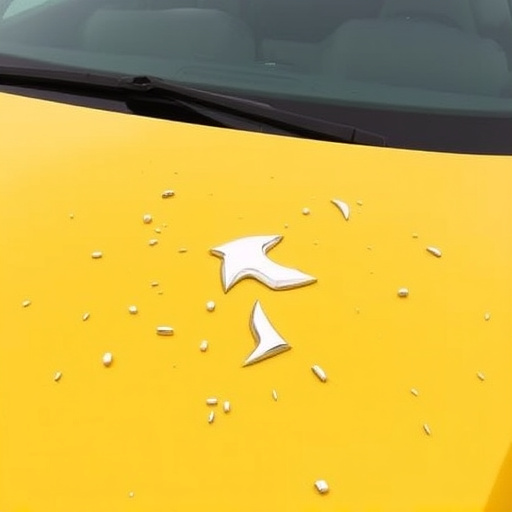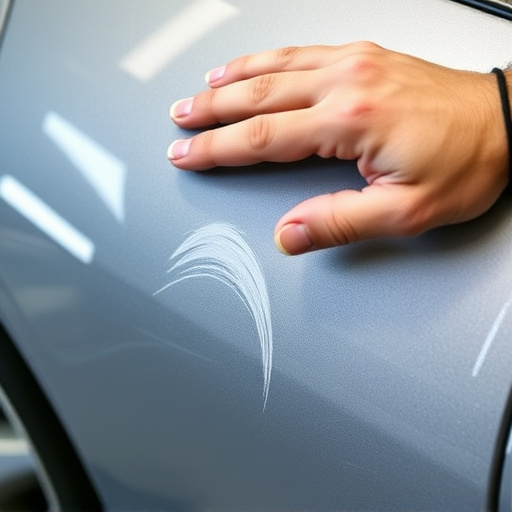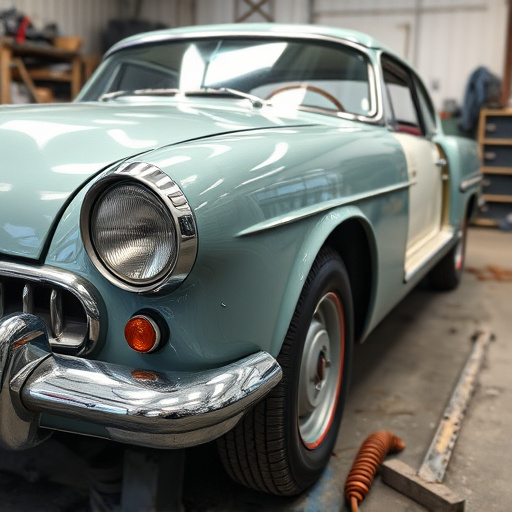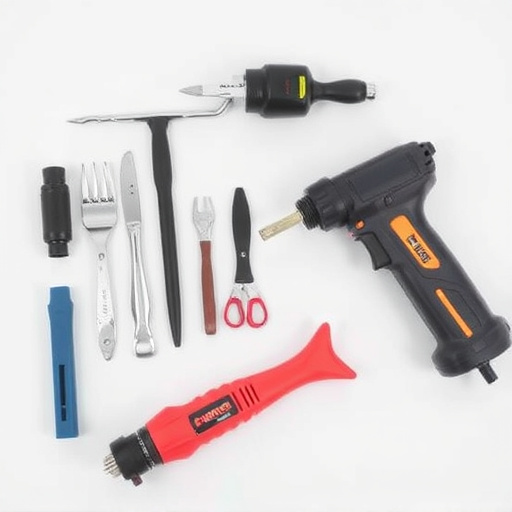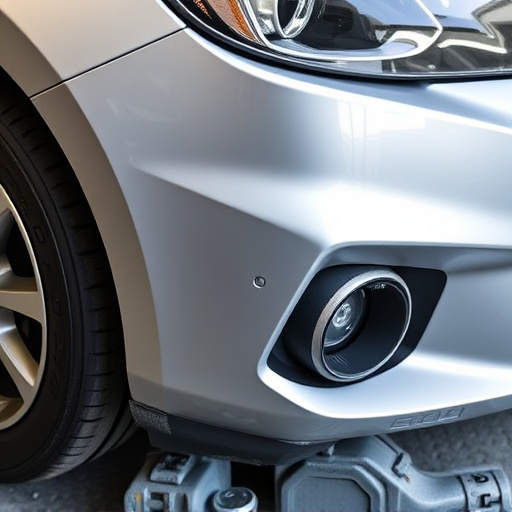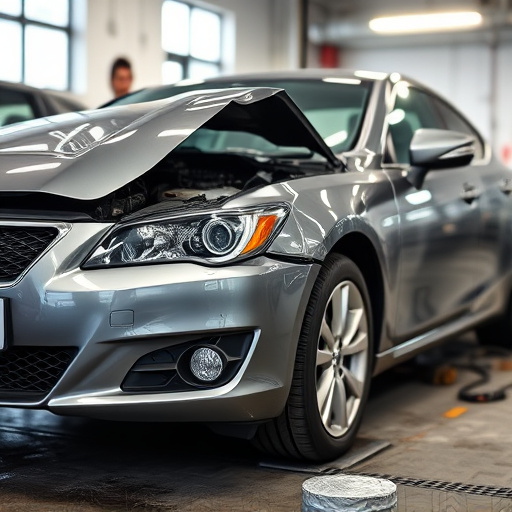Window regulator repair is a common maintenance task addressing issues like non-functional windows, loud noises, misalignment, and partial opening/closing. Causes range from worn gears to debris blockage. Regular track cleaning prevents problems, but persistent issues require accurate diagnosis. Gather essential tools for basic repairs or consult an automotive body shop for complex jobs. Understand the process, assess damage, replace components, and ensure proper installation for safe window operation.
Understanding the basics of window regulator repair can save you time, money, and hassle. This comprehensive guide delves into identifying common issues with your vehicle’s window regulators, outlining essential safety precautions, and providing a step-by-step replacement process. By mastering these skills, you’ll not only enhance your car’s functionality but also gain valuable knowledge for future maintenance tasks. Equip yourself with the right tools and follow our expert advice for successful window regulator repair.
- Identifying Common Window Regulator Issues
- Tools and Safety Precautions for Repair
- Step-by-Step Guide to Replacement Process
Identifying Common Window Regulator Issues

Many issues can arise with window regulators over time, making window regulator repair a common task for both professional mechanics and DIY enthusiasts. Some of the most frequent problems include non-functional windows, loud clicking or grinding noises, sliding windows that stop short of fully opening or closing, and windows that stick or become misaligned. These issues can be caused by a variety of factors such as worn-out gears or pulleys, damaged cables, loose connections, or even simple debris blocking the tracks.
Regular maintenance like cleaning the tracks and lubricating moving parts can often prevent these problems. However, when issues persist, it’s crucial to identify the specific problem accurately before attempting any window regulator repair. This might involve checking for damaged components, inspecting wiring for loose connections, or using diagnostic tools to pinpoint the exact cause of the malfunction. Professional auto body services and car repair specialists are equipped with the necessary expertise and tools to handle these repairs efficiently, ensuring your vehicle’s safety and comfort.
Tools and Safety Precautions for Repair
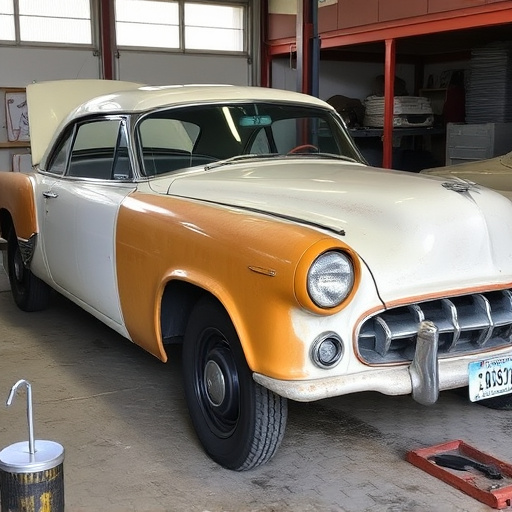
Before tackling any window regulator repair, ensure you have the right tools for the job. Basic tools like a set of screwdrivers (both flathead and Phillips), pliers, and a torsion spring tool are essential. For more complex repairs, a jack, stands, and possibly a new window regulator assembly might be needed. Remember, safety is paramount; wear protective goggles to shield your eyes from debris, and use gloves to prevent skin irritation or cuts. When working with car parts, especially around windows, there’s always a risk of injury, so take the necessary precautions.
Automotive body work requires precision, so consider using markers to outline where you’ll be making changes. This reduces the chance of damage to other components and ensures clean, accurate cuts. If the window regulator is stuck or difficult to access, consult an automotive body shop for expert advice. They offer professional car repair services and can assist in diagnosing the issue, providing solutions that cater to your specific vehicle’s needs.
Step-by-Step Guide to Replacement Process
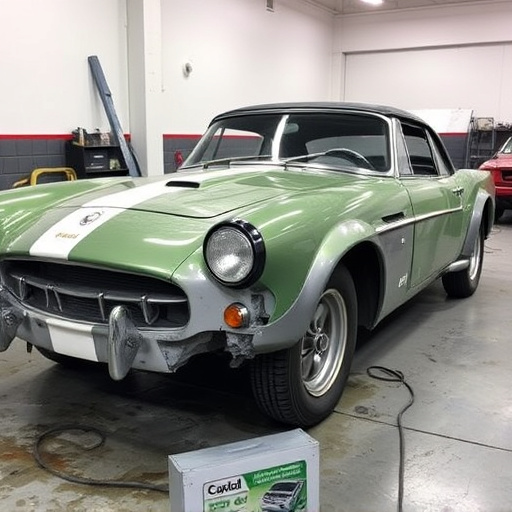
When it comes to window regulator repair, understanding the process is key. Here’s a step-by-step guide to help you navigate this task. First, assess the damage – is it merely a faulty cable or does the entire mechanism need replacement? For simple repairs, like tightening loose screws or replacing a worn-out cable, gather your tools (including a set of screwdrivers and pliers) and carefully disassemble the window regulator.
Next, locate the new component, ensuring it’s compatible with your vehicle model. With the old part removed, install the replacement by following the reverse process. Secure all connections tightly but avoid over-tightening to prevent damage. For complex issues that involve structural repairs like fender repair or frame straightening, seek professional assistance. Remember, proper installation is crucial for safe and smooth window operation, so take your time and double-check each step along the way.
Understanding the basics of window regulator repair can empower you to tackle common issues efficiently. By identifying problems, adhering to safety precautions, and following a structured guide, you can successfully replace faulty window regulators. This DIY approach not only saves costs but also ensures your vehicle’s comfort and safety. Remember, when it comes to window regulator repair, knowledge is power!

